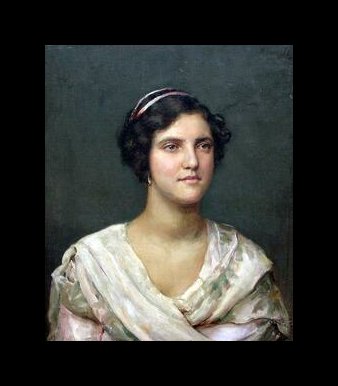Armando Menocal (1863-1942)
Get a Menocal Certificate of Authenticity for your painting (COA) for your Menocal drawing.
For all your Menocal artworks you need a Certificate of Authenticity (COA) in order to sell, to insure or to donate for a tax deduction.
Getting a Menocal Certificate of Authenticity (COA) is easy. Just send us photos and dimensions and tell us what you know about the origin or history of your Menocal painting or drawing.
If you want to sell your Menocal painting or drawing use our selling services. We offer Menocal selling help, selling advice, private treaty sales and full brokerage.
We have been authenticating Menocal and issuing certificates of authenticity since 2002. We are recognized Menocal experts and Menocal certified appraisers. We issue COAs and appraisals for all Menocal artworks.
Our Menocal paintings and drawings authentications are accepted and respected worldwide.
Each COA is backed by in-depth research and analysis authentication reports.
The Menocal certificates of authenticity we issue are based on solid, reliable and fully referenced art investigations, authentication research, analytical work and forensic studies.
We are available to examine your Menocal painting or drawing anywhere in the world.
You will generally receive your certificates of authenticity and authentication report within two weeks. Some complicated cases with difficult to research Menocal paintings or drawings take longer.
Our clients include Menocal collectors, investors, tax authorities, insurance adjusters, appraisers, valuers, auctioneers, Federal agencies and many law firms.
We perform Armando Menocal art authentication, appraisal, certificates of authenticity (COA), analysis, research, scientific tests, full art authentications. We will help you sell your Armando Menocal or we will sell it for you.
Born into a wealthy and elite Havana family, Armando Menocal was able to leave Cuba at the age of 17 to study art. For 10 years he studied Classical Spanish-style art under masters like Sorolla while living abroad in Spain. He later returned to Cuba to fight in the liberators army, and became one of Cuba’s greatest artists of the colonial period.
Menocal has been credited by some as being THE leading artist in the Vanguard movement. He was one of, if not the first to begin incorporating Cuban themes and history into his paintings. In a time when Cuban painters were trying to appeal to Western tastes, Menocal was painting national symbols and myths.
His national paintings were almost epic in nature, and embodied the theme of Cuba’s war for independence. He would paint scenes of war, in which native slaves would fight for freedom, as well as the deaths of famous generals. One of his more famous paintings depicts Christopher Columbus in chains on his journey back to Spain.
Known best as a landscaper, Menocal also produced beautiful, exquisite and realistic portraits of well-known public figures of the time. For example, Menocal painted this very European-styled portrait “Mujer Con Blusa Rosada” (1910).

His portraits were practically photo-realistic and utilized dark backgrounds in the Classical style.
Menocal came to teach landscape painting at the San Alejandro art school in Cuba, and eventually became the principal of the school. He taught and influenced many Cuban painters during his tenure at San Alejandro. His landscapes are unlike that of most in Cuba, taking on an almost Impressionistic hand and color palate. While most of his contemporaries where painting in Caribbean colors, with rolling, dreamy landscapes, his were done in the same “plein-air” and soft lighting style as the Europeans—however, instead of windy oak trees, he painted the Cuban palm tree and brush landscaping.

Surprisingly, this accomplished painter and scholar was also an illustrator for magazine giant Condé Nast. He was known to paint and sketch illustrations for one of their magazines on paper in either ink or gouache and watercolor. He would then sign and stamp the back of each of these illustrations. To have the originals for his commissioned work for Condé Nast would be a priceless find indeed.
While in studying in Spain, some of Menocal’s paintings were uncharacteristic of the work he became known for. Whimsical yet Realist paintings of Spanish castles and aristocrats for example were a theme in his work at this time. These paintings would have been done in the earlier half of the 1890’s towards the turn of the century, and would have been painted in Spain. How many unknown works by this great Cuban artist exists today? As a student, surely he would have produced a lot of work, and most definitely sold some locally in Spain.
Along with his many talents, Menocal was also a muralist. He created some of the best known murals in Havana at their city hall, as well as in the University of Havana. He was also known to embellish the interiors of the homes of Cuban elite with decorative painting. Could he have done similar work in Spanish homes?
Though his works are not as easily available to the public worldwide in museums and private collections, Menocal was among one of the most prolific painters of his time. A teacher and an artists with a wide range, he was also an innovator in national painting. Currently, some of his art is housed at the Fine Art
Museum in Key West, as well as extensively throughout Cuba.
